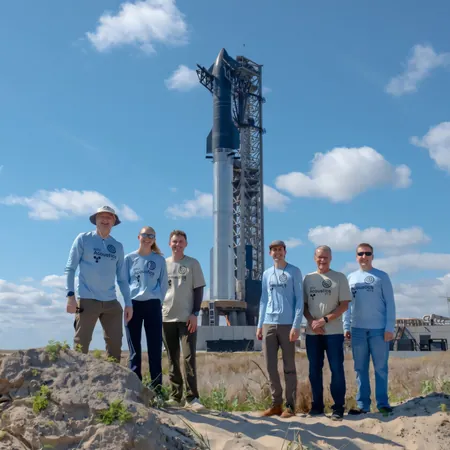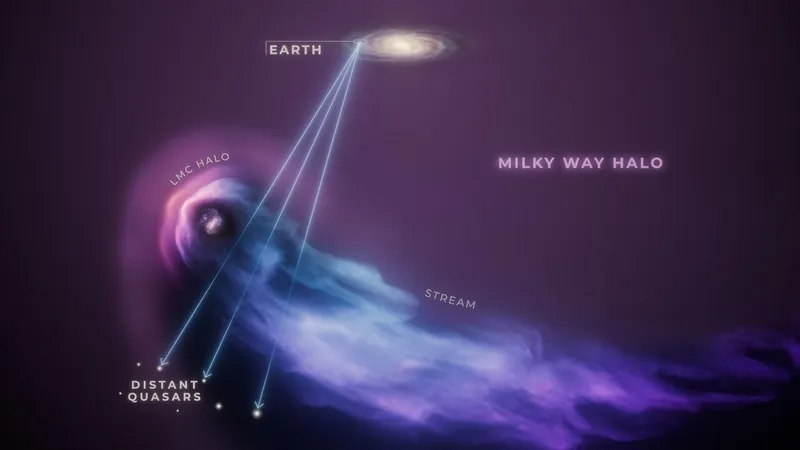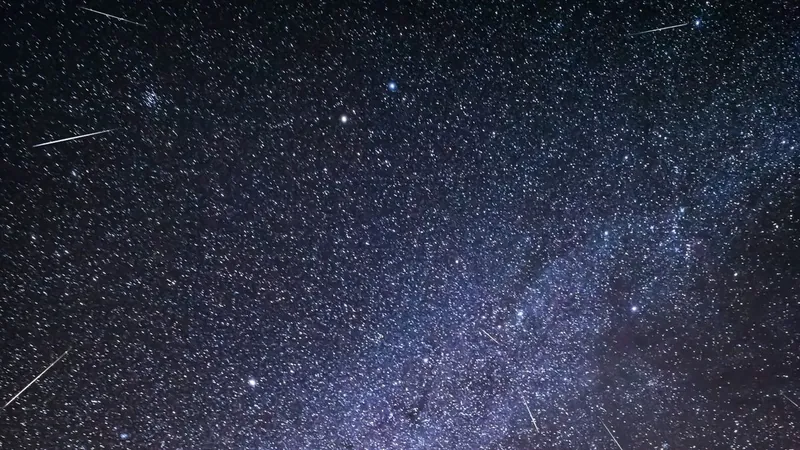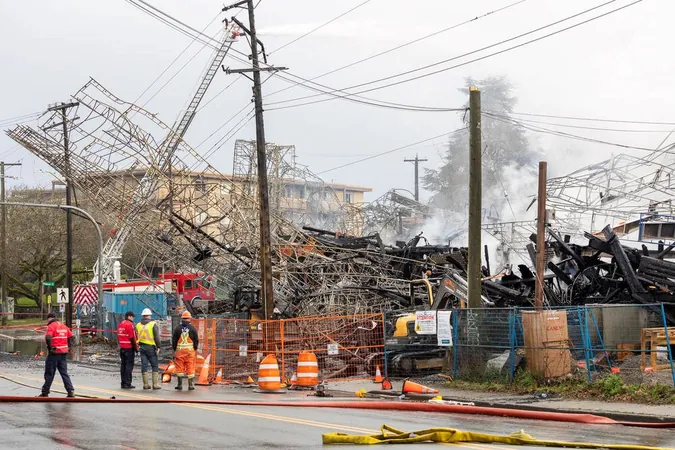
The Earth-Shaking Roar of SpaceX's Starship: What it Means for Communities and the Environment
2024-11-19
Author: Jacques
Introduction
What does it feel like to be just a stone's throw away from a rocket launch? Not just any rocket, but SpaceX's Starship—the largest and most powerful rocket ever built.
Personal Experience of Rocket Launch
Noah Pulsipher, a student at Brigham Young University (BYU), experienced this thrill firsthand during a Starship launch in October. He described the experience vividly: 'It was the loudest thing I’ve ever heard, for sure. You can feel the sound whipping over your body; it feels like it’s almost pushing you back sometimes. And then, all around me, car alarms are going off and dogs barking—things like that. It’s a powerful experience.'
Insight from Experts
Pulsipher is part of BYU's Physics and Aerospace Student-Centered Acoustics Laboratory (PASCAL), which is led by professor Kent Gee. Known for his extensive research on the acoustics of rocket launches, Gee noted that the sound from the Starship was truly unique. 'It has this low-frequency rumble that’s just overwhelming,' he explained. 'And then on top of that, there’s a kind of high-frequency popping that I call ‘crackle.’ It offers a very unique sound experience.'
Scientific Measurements and Findings
The acoustics of rocket launches are not just felt; they can be measured scientifically. Pulsipher, Gee, and their colleagues recently published a paper in the Journal of the Acoustical Society of America Express Letters, documenting their findings from the fifth flight of Starship. Remarkably, the noise levels registered as intense as a rock concert even from 10 kilometers away. At 20 kilometers, it matched the sound of common power tools like table saws and snow blowers. Even from a distance of 30–35 kilometers, the sound was comparable to household items such as vacuum cleaners or hair dryers.
Comparative Noise Levels and Environmental Concerns
The study also drew comparisons between Starship's sound profile and those of other heavy-lift rockets. Notably, a single Starship launch generates noise equivalent to 4-6 Space Launch System launches or at least 10 Falcon 9 launches. With SpaceX planning to ramp up launch frequency to as many as 100 Starship missions per year, Gee warned that noise pollution could pose significant challenges for surrounding communities, leading to disturbances from window rattling to disrupted sleep. Moreover, it could adversely affect local wildlife, particularly species that are already threatened or endangered.
Finding a Balance
'We are now a space-faring society, but we must find a balance. How do we continue exploring space while ensuring we remain responsible stewards of our environment?' Gee pondered. Their research aims to analyze the repercussions of rocket launches on both community life and local ecosystems.
Regulatory Challenges
Currently, regulatory frameworks governing noise pollution from rocket launches are virtually nonexistent. While PASCAL's primary focus is on research rather than policy, the insights garnered from their work could be crucial for policymakers and communities as spaceports continue to proliferate.
Preparations for the Next Launch
As preparation ramps up for Starship's sixth launch scheduled for November 19, the PASCAL team has transported an array of equipment to Texas, including computers, data acquisition systems, GPS, microphones, and windscreens.
Student Experience and Conclusion
'This is a unique opportunity for students to engage in groundbreaking research,' said Gee, emphasizing that BYU is at the forefront of studying rocket noise in such a detailed manner. For student Noah Pulsipher, the excitement of a rocket launch remains unparalleled. 'It's always incredible to see the rocket go off,' he shared. 'First, you can see the light, and then a little later you hear the sound and your jaw just drops. That’s a really fun experience, and I always look forward to it.' As SpaceX continues its ambitious endeavors with the Starship program, the implications for communities and ecosystems could be profound. Will the thrill of space exploration overshadow the potential hazards posed to our planet? Only time—and rigorous research—will tell.









 Brasil (PT)
Brasil (PT)
 Canada (EN)
Canada (EN)
 Chile (ES)
Chile (ES)
 España (ES)
España (ES)
 France (FR)
France (FR)
 Hong Kong (EN)
Hong Kong (EN)
 Italia (IT)
Italia (IT)
 日本 (JA)
日本 (JA)
 Magyarország (HU)
Magyarország (HU)
 Norge (NO)
Norge (NO)
 Polska (PL)
Polska (PL)
 Schweiz (DE)
Schweiz (DE)
 Singapore (EN)
Singapore (EN)
 Sverige (SV)
Sverige (SV)
 Suomi (FI)
Suomi (FI)
 Türkiye (TR)
Türkiye (TR)